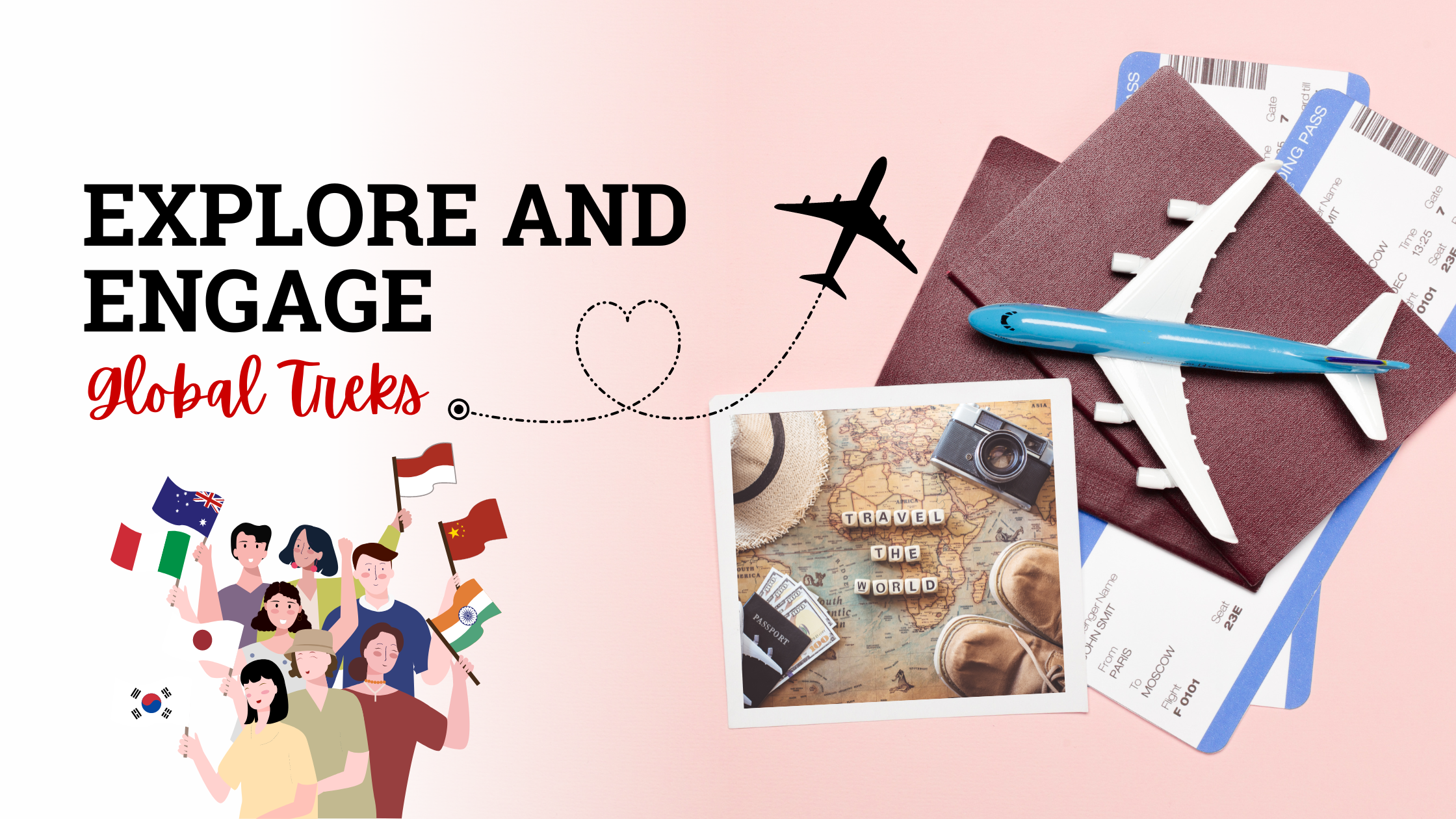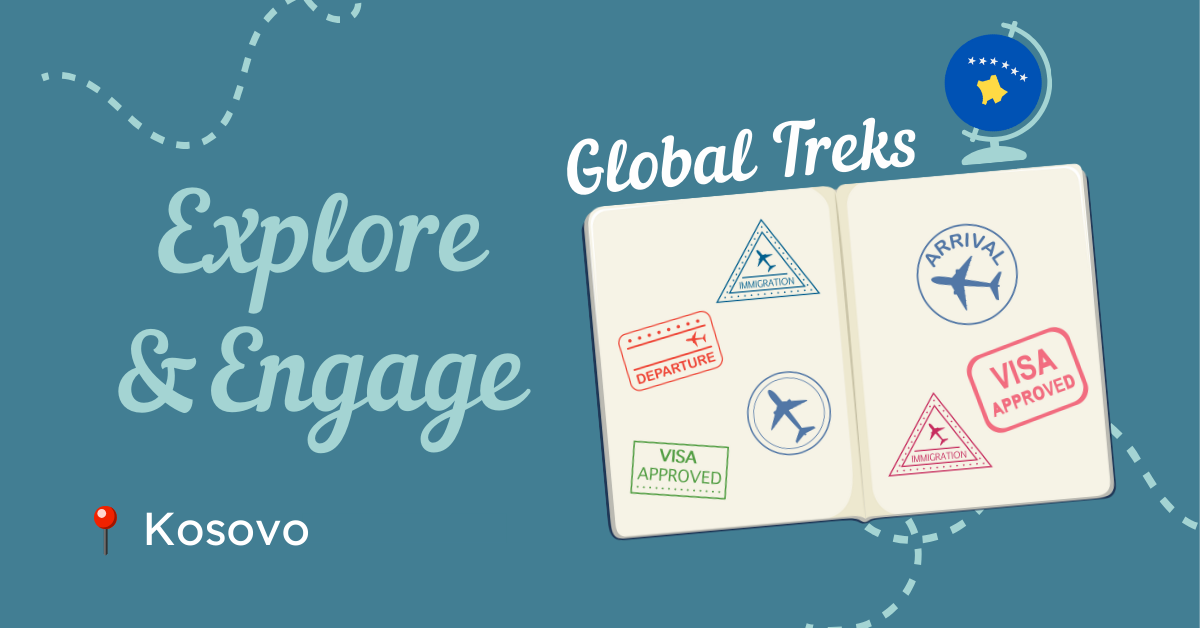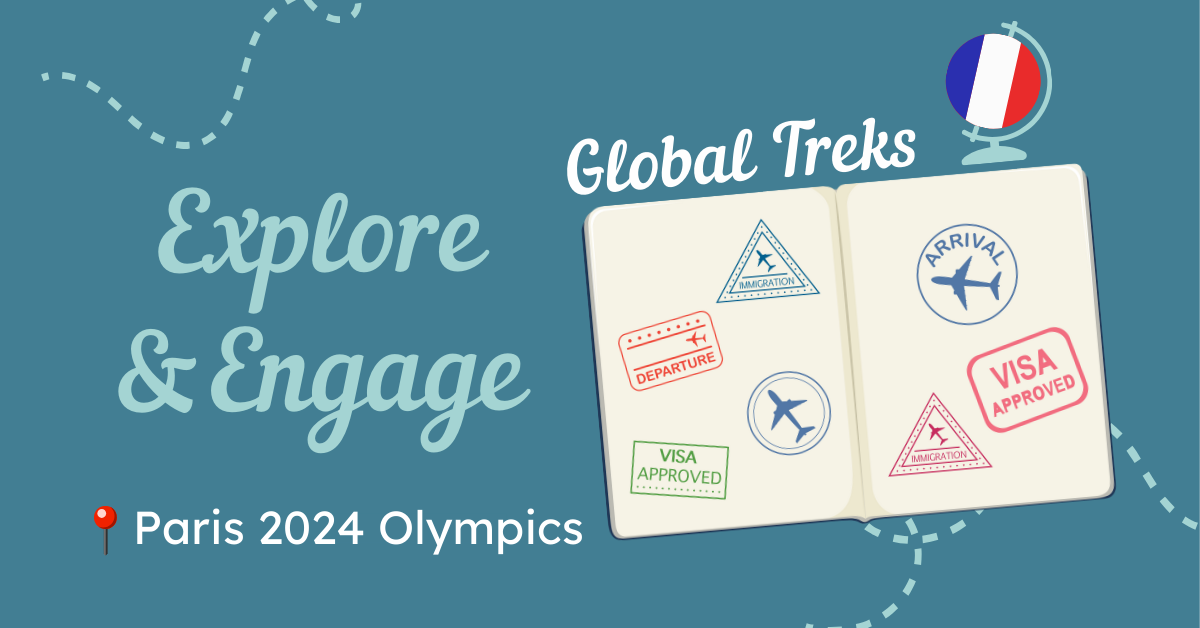GTI International Programs Assistant Dylan Thompson studied abroad in Belgium as a part of North Carolina State University’s Belgium: International Organizations in Action in Brussels program. He spent significant time in Brussels, Ghent, and Bruges. This was the first time Dylan had been abroad for an extended period of time and the first time studying abroad for his graduate studies.
Trip Highlights
After my stay in Belgium, mostly in Brussels, I met up with my family in Amsterdam who asked me what my favorite part about staying there was. Really there are two answers to that question: Ghent and frites (or “fries”). During my time in Belgium, I stayed in a suburb of Brussels called Ixelles that had tons of grocery stores, restaurants and schools all within a few minutes walk of each other. The older part of the city was either a 20-minute walk or a 10-minute bus ride away. Navigating the city was easy with many different modes of transportation for you to choose from and at every stop there was some place to eat, drink, or hang out at a park.
Because I went during June, it was extremely hot, and depending on where you are staying, air conditioning may not be as readily available as it is throughout the U.S., so pack cool and comfortable clothes if you go during the summer months! Despite this, the historic part of the city boasts wonderful architecture with tons to sightsee, explore, eat some delicious waffles, and hangout in the local parks. Speaking of food, did you know that “French fries” were likely made in a northeastern city in 17th century Belgium? The people who lived in this area, however, did not speak French but spoke Dutch. Belgium’s northern region is called Flanders and is predominantly Dutch-speaking while the southern part is called Wallonia, and they primarily speak French with Brussels existing as the bilingual capital. Although most people there speak Dutch, everyone knows English and signs are multilingual.
In addition to Brussels, I had the chance to visit Ghent, which is located in the northern, Flemish part of Belgium. Ghent is by far my favorite city I have visited in Europe. Its old medieval buildings and cobblestone streets are simply awe-inspiring when you first arrive. The river that flows through the center of the city makes the entire area feel just that more peaceful and not to mention that a very famous Northern Renaissance painting by the Van Eyck brothers called The Adoration of the Mystic Lamb that is hosted by a beautiful gothic cathedral. Ghent also has a local beer called Gulden Draak which roughly translates to “Golden Dragon” for all my beer drinkers out there – go to a pub and give it a try, you won’t be disappointed! Additionally, right in the center of Ghent is a castle which hosts great views of the city and an armory museum.
Cultural Considerations
I have already given a brief introduction on the major languages, but do not fear, if you do not speak French or Dutch almost everyone I met spoke English making navigating the city and purchasing goods and going out stress free. The tensions between the Flemish and Walloon people of Belgium run deep and are important to be aware of during your travels in Belgium. Brussels is meant to bring the two sides together in a multicultural capital, hosting a wide variety of museums, art centers, and cultural festivals. In fact, one in four citizens in Belgium is from another country.
“Brussels prides itself on being more than just a city of culture; it identifies as a ‘city of cultures.’ Situated in a federal state composed of regions and linguistic communities that speak Dutch, French, and German, Brussels serves as the central hub. In 1989, it gained recognition as a region in its own right, officially becoming the Brussels-Capital Region.”
World Cities Culture Forum
This is something I noticed on day one of being in Brussels that there are many foreign-born people living and working in Brussels making it a complex and unique engine in Belgium and Europe. Something that I wish I had known before going is restaurant etiquette, most restaurants (unless otherwise posted) you just find an open table and sit down. If you have a large party, flag down a waiter or waitress and they will assist you. Additionally, the movie theater closest to where I lived was underground.
Cuisine
As already mentioned, frites are one of Belgium’s premium foods and are found quite literally everywhere: that Turkish restaurant down the street, fries in the durum or on the side? Spicy mayonnaise or regular mayonnaise? These are questions that you will get asked when at most restaurants in Belgium. There are even entire restaurants dedicated to just frites. It is a source of national pride that everyone can partake in. Even if you are not a fan of mayonnaise, I encourage you to try it. Belgian mayonnaise is very different from American mayonnaise. As an American, it’s time for me to move on from the idea of “French fries” considering where frites most likely came from, a more apt name would be Belgian fries.
Waffles. Waffles everywhere. If fries are common everywhere, then so are waffles. Cafes and restaurants that are open all day long serve a variety of waffles (and beer!), but they are typically in the shape of a square with rectangular holes and topped with whipped cream and fruit. I have never had a better waffle than in Brussels. A tip I would have for travelers, when you are in the old streets of Brussels, I recommend avoiding the shops specifically for waffles and going to a restaurant or bakery to enjoy them.
Belgium is a vibrant country, filled with people from diverse backgrounds. Everyone greeted me and my friends with friendly smiles and even talked to us about our travels. I encourage you to go out and explore this country as it has a lot of history behind it. There are museums everywhere, events constantly happening, and in the afternoon and night the city turns up a notch with bars and restaurants packed with people. Belgians take pride in their cleanliness and open-mindedness; they are patient and friendly and if you look out for these cultural values, you are bound to see them everyday during your visit.
Recommendations
To Do
- Royal Museums of Fine Arts of Belgium – A collection of four museums founded by Napoleon Bonaparte that host a wide collection of art and historical artifacts from Belgium’s past.
- Royal Belgian Institute of Natural Science – A large museum detailing the natural history of Belgium in three massive exhibits: Dinosaur Gallery, Living Planet, and Gallery of Humankind – Our Evolution.
- Atomium – A park and a landmark building constructed for the 1958 Brussels World’s Fair
- St Michael and St Gudula Cathedral – Medieval gothic style Cathedral located in central Brussels, churches like this one host beautiful art and incredible amounts of details both inside and out.
- Parc de Bruxelles – Massive urban park in Brussels, perfect for picnics and events are hosted here regularly. You never know what might be going on.
- Royal Palace of Brussels – Under renovations while I was there, but this massive palace has multiple walking tours inside.
- Parc du Cinquantenaire – A beautiful park surrounded by monuments in sculptures that was constructed to celebrate 50 years of Belgian independence.
- Porte De Hal – Former medieval gate into the old city and the last vestige of the second wall of Brussels. Constructed over 600 years ago this is one of Brussels living relics of its medieval past
- Grand Place – This is the center of not only Brussels, but the old city as well. It hosts the town hall, multiple restaurants and shops. I encourage you to eat at one of the many restaurants that call this place home.
- Church of Saint Catherine – A beautiful church built in the 1800s replacing a far older church that lies north of Grand Place.
- Royal Gallery of Saint Hubert – This royal gallery consists of three shopping malls that host stores, cafes, and restaurants.
- Vrijdagmarkt – Center of Ghent and a major marketplace for shops, cafes, and restaurants. Fun fact: the statue in the center is Jacob von Artevelde and he is pointing toward the United Kingdom.
- Belfry of Ghent – The belltower stands off to the side as a constant reminder of Ghent’s independence. There is even a dragon in the tower that watches over Ghent. Overtime, the Dragon has become Ghent’s mascot.
- Saint Nicholas’ Church – A gothic style church that is a part of the Vrijdagmarkt has beautiful architecture both inside and out. Built in the 13th century, it served as the spiritual center for merchants and artisans.
- Saint Bavo’s Cathedral – Another gorgeous cathedral, this one has an incredibly famous northern renaissance painting in it the Adoration of the Mystic Lamb, a beautiful piece by the Van Eyck brothers.
- Korenmarkt – Similar to the Vrijdagmarkt, this market has even more shops, restaurants, and bars where you can enjoy local cuisine and beer.
- Gravensteen – The old castle of Ghent where you can get a beautiful view of the city and in it hosts an armory museum filled with what knights and guards would have used in medieval Europe.
- Provinciaal Hof – This gothic style structure was the former meeting place for the provincial government in the Grote Markt in Bruges now turned into a museum allowing you to peer into the life of a governor in medieval times.
- Grote Markt – Noticing a pattern? The center of these cities always have a market where you can get a taste of local cuisine and explore local shops in Bruges.
- Basilica of Holy Blood – This Roman Catholic Basilica in Bruges is a pilgrimage site as it contains Holy Blood allegedly collected by Joseph of Armithea
- De Burg – A former fortress turned into one of the city’s major squares with restaurants, bars, shops, and a beautiful view of the river that runs through Bruges.
To Eat
- Fritland – Open since 1978, it is a great place in the old city to grab some frites! Located in Brussels
- Château Moderne – A cafe by day, bar by night, this place has a gorgeous view of the city and I often did schooling work here late into the day to enjoy the bustling atmosphere of young people gathering to watch the sunset over the city. Located in Brussels.
- Celtica – An Irish pub located in the old city in Brussels and the first restaurant I ate at. Wonderful atmosphere, great food and selection of local regional and European beers. There was a music festival going on as well so we got a taste of some live music!
- Restaurant de l’Ogenblik – A pricier restaurant, but this will give you a taste of high-end Belgian cuisine. Located in the Royal Gallery of Saint Hubert.
- BrewDog Brussels – A massive beer garden right next to Brussels Central Station with a large selection of beers on tap and guest beers.
- Le Marmiton – Located in the Royal Gallery of Saint Hubert, this restaurant has wonderful Belgian food and was my first taste of Belgian cuisine, I highly recommend it.
- Du Progres – A delicious Belgian restaurant in Ghent, highly recommended to go for dinner.
- Godot – Another option for a good Belgian lunch or dinner. While I did not go myself, my peers went and said it was delicious
- Cafe Den Turk – A nice bar with seating outside where you can get a taste of the local beers, including Gulden Draak
- Dragòn: Beer Pub – My favorite bar in Ghent by far, good vibes all around and a wide variety of Gulden Draak to try. I might have had too much my first time going!
- Bruges Beer Experience – A beer museum and bar put into one, for beer and history lovers alike. Located in Bruges
- Cambrinus – Located in Bruges, this restaurant and cafe is just down the street from Grote Markt and is a good place for Belgian food.
- Restaurant Diligence – Another Belgian restaurant located in Bruges that is open late at night. Good place to relax after a busy day of sightseeing.
- Categories:



